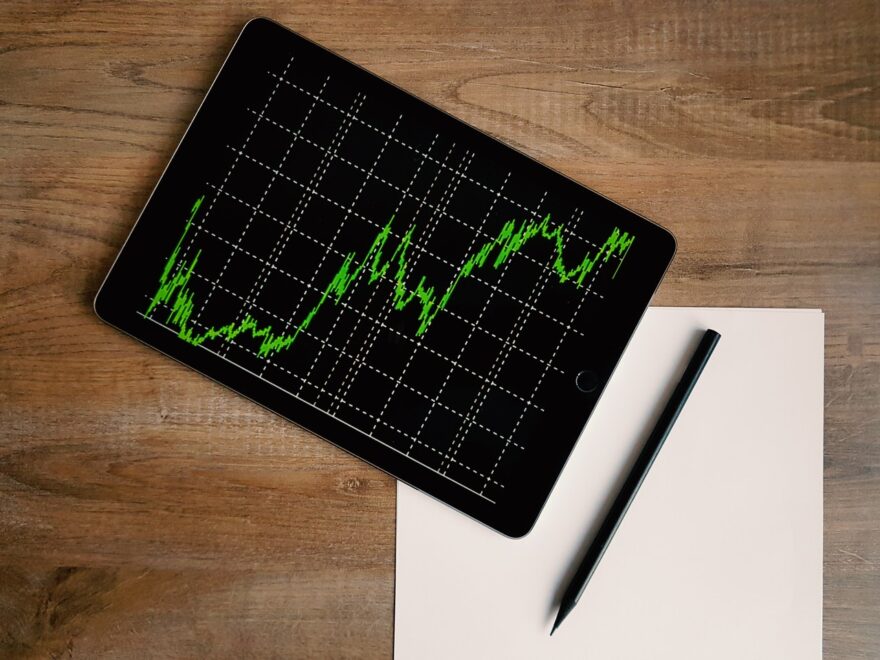There is a stock crash pattern which is playing out in 2020. We’ve seen this before. We saw it in 2008-2009 with the mortgage crisis, in 2000 with the Tech bubble, and in 1987. The cause of every crash is different, but I’d like you to consider that the way each crash occurs and recovers is similar. Let’s learn from history. What worked for investors in 2000 and 2008 to recover?
I don’t believe in the value of forecasts, and no one can predict how long the Coronavirus will last. This week, things are getting worse, not better. Truthfully, a market bottom could be weeks or months away. No one can predict this, yet it’s human nature to seek certainty and guarantees.
Once we accept that we cannot predict the future, what should we do? I believe the answer is to study what has worked best in the past. That is what we plan to do here at Good Life Wealth Management for our client portfolios. Here’s our playbook.
Stock Crash Pattern Steps
- Don’t sell. I had clients who sold in November of 2008 and March of 2009. Luckily, we got them back into the market within a few months. Unfortunately, they still missed out on a substantial part of the initial recovery. The initial recovery will likely be very rapid. We aren’t going to try to time the market.
- Rebalance. In our initial financial planning process, we examine each client’s risk tolerance and risk capacity. This leads to a target asset allocation, such as 50/50 or 70/30. Because stocks have fallen so far, a 60/40 portfolio might be closer to 50/50 today. Rebalancing will sell bonds and buy stocks to return to the target allocation. This process is a built-in way to buy low and sell high. (Selling today would be selling low. It’s too late for that.)
- Diversify. The investors who have concentrated positions in one stock, one sector, or country jeopardize their ability to recover. Some stocks might not make it out of this recession. Some sectors will remain depressed. Don’t try to pick the winners and losers here. We know that when the recovery does occur, an index fund will give us the diversification and broad exposure we want.
- Tax loss harvest. If you have a taxable account, sell losses and immediately replace those positions with a different fund. For example, we might sell a Vanguard US Large Cap fund and replace it with a SPDR US Large Cap fund. Or vice versa. The result is the same allocation, but we have captured a tax loss to offset future gains. Losses carry forward indefinitely and you can use $3,000 a year of losses against ordinary income. Tax loss harvesting adds value.
- Stay disciplined, keep moving forward. When it feels like the plan isn’t working, it’s natural to question if you should abandon ship. Unfortunately, we know from past crashes that selling just locks in your loss. Instead, keep contributing to your 401(k) and IRAs, and invest that money as usual.
This Time Is Different
The most dangerous sentence in investing is This time is different. It isn’t true in Bull Markets and it isn’t true in Bear Markets. In the midst of a crash, people abandon hope and feel completely defeated. Maybe you will feel that way, maybe you already feel that way. Maybe you are thinking that this is the Zombie Apocalypse and all stocks are going to zero.
What history shows is that all past crashes have recovered and led to new highs. If you’re going to invest, this is what you have to believe. Even though things are terrible right now, if you think that this time there will be no recovery, I think you will be making a mistake.
The stock market will continue to go down for as long as there are more sellers than buyers. Panic selling is the driver, not fundamentals. No one knows how long that will take. Eventually, we will reach a point of capitulation, when all the sellers will have thrown in the towel. That will be the bottom, visible only in hindsight.
My recommendation is to study past crashes, not for the causes, but to see the charts of the recoveries. I believe that 2020 will have a similar stock crash pattern to 2008, 2000, and previous crashes. We don’t know how long this takes or how deep it goes, but we do know what behavior worked in past crashes.
We have a plan, and I have faith in the plan. Things may be ugly for a while, probably a lot longer than we’d like. All we can control is our response. Let’s make sure that response is based on logic and history, and have faith in the pattern and process.
Investing involves risk of loss. Diversification and dollar cost averaging cannot guarantee a profit.







